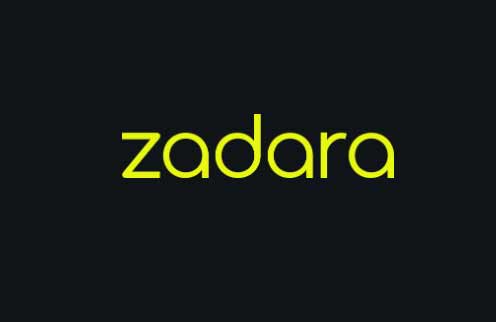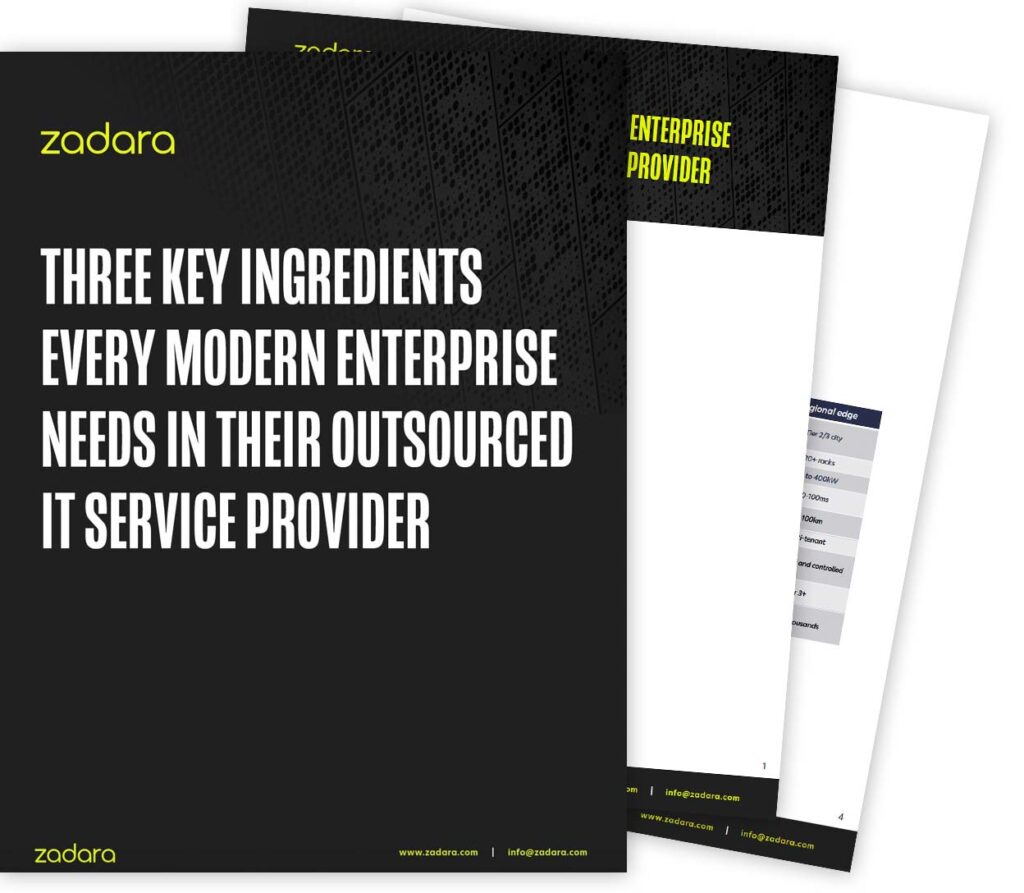Leading research firm, IDC, recently authored a new report examining the Storage as a service (STaaS) and the burgeoning market segment. The report, Five Factors Driving Enterprise Storage as a Service in 2020, looks at modern IT trends driving enterprise infrastructure purchases.
IDC highlights the trends in digital transformations that are breaking down IT silos. As a result, many enterprises are changing how they think about their IT infrastructure stacks. The report examines the market landscape, and how customer expectations are shifting with modern storage services and solutions. In the following blog, we will summarize the key benefits of Storage as a Service, as found by IDC Research Manager, Andrew Smith.
“The perception of stored data is shifting—from something that is a necessary evil for organizations with associated cost and risk, to organizations now perceiving data as an asset.”
IDC Highlights the Benefits of Storage as a Service
Storage-as-a-service (STaaS) spans deployment environments and can be delivered both on-premise or in the cloud. It offers the ability to deliver consumption-based “pay for what you use” or OpEx capacity model along with a range of additional value-added services. The benefits of modern STaaS solutions include:
- Scalability: Increase or decrease capacity on demand, as needed. Manage or predict the “highs” and “lows” associated with Enterprise infrastructure and storage capacity usage. STaaS solutions allow enterprises to plan for this type of capacity elasticity during limited periods without having to make additional purchases.
- Ease of deployment: The services delivery model means that STaaS solutions can typically be deployed much faster than traditional arrays, with minimal startup tasks required in terms of storage provisioning, optimization, and management. All these tasks are automated as part of the service delivery, allowing IT resources to focus on higher-level tasks
- Data resilience: STaaS solutions allow enterprises to leverage established data center assets of the provider to improve data resilience. Not all enterprises have the physical assets needed to support complex secondary storage workloads – for example, the remote facilities necessary for disaster recovery or offsite locations for backup and archive in the event of a ransomware attack.
- Flexibility: Hardware-based storage solutions, like those with bundled specialized software and proprietary hardware platforms, are a thing of the past. STaaS offerings generally support valuable capabilities like the ability to apply data services on the fly; deploy self-driving storage that automatically adapts to varying workloads to meet defined service-level agreements; migrate resources across on-premises and cloud environments; change storage media and perform non-disruptive technology or capacity upgrades.
- Embedded data services: Many STaaS offerings can also offer a range of integrated data services spanning backup, replication, archive, disaster recovery, anti-ransomware, etc. Platforms associated data services may be general or highly tailored to specific infrastructure or application needs, such at integrated salesforce backup. These data services can typically be turned “on” or “off” as dictated by the customer, providing additional layers of service depending on the infrastructure environment.
- Shared interests: STaaS offers a range of service-level agreements (SLAs) regarding uptime, availability, and security. This means customers can scrutinize and assess provider SLAs, while demanding a high level of service to ensure their provider is a valuable partner to the business. This relationship is unique, creating a level of shared interest between vendor and customer that is not present in traditional, CapEX-driven infrastructure transactions. The STaaS vendor must provide a consistent level of service and reliability or risk losing their customer’s renewal.
IDC found that the technical and business benefits of STaaS offerings are driving the adoption. But there are more factors impacting the adoption and trend. Zadara’s STaaS platform is well-positioned to serve enterprise storage requirements both on-premises and in the cloud. IDC reports that Zadara’s services are architected to be enterprise-grade, scalable, agile, and cost-efficient.
With support for file, block, and object-based protocols, Zadara offers integration with a range of public cloud providers including AWS, Azure, as well as more traditional services provider clouds like Equinix, Cyxtera. Pricing is determined by the deployment type NAS/SAN/Object, capacity (TBs), and term (hourly to multi-annual).
The report found that Zadara’s model is unique in its focus on providing the most complete, fully managed storage services possible. Cloud services provider offerings span a wide range of capabilities from white-glove services to bare-bones provisioning. Zadara goes to market with a model that is focused on providing full-service storage solutions all the way to the application layer.
IDC found that Zadara delivers the following key capabilities, which IDC believes are differentiated from competitors, including:
- Comprehensive support: Zadara provides its own, first-party support services to all customers. These support teams are staffed by engineers who operate the storage and are dedicated to understanding each customer’s unique deployment and specific requirements. Customers have near-direct access to these support teams, which operate 24/7.
- Worldwide coverage: many managed services providers focus on specific geography to provide tailored services within a limited region or country. Zadara operates globally with approximately 250 data centers dispersed across 6 continents. The vendor ships hardware to all customer premises and colocation facilities and maintains and upgrades these assets at the customer’s request. This global, managed presence helps Zadara differentiate itself by meeting customer requirements for data sovereignty and multi-region support.
- Serving the service providers: Zadara’s architecture of managed storage services positions it as a valuable partner for cloud services providers selling secondary storage solutions for disaster recovery, archive, and backup as a service. IDC tracks these segments closely in what we call the Data Protection as a Service (DPaaS) market. IDC forecasts the DPaaS market will grow at a 14.4% CAGR from 2019-2023, to $11.6B. Zadara’s universal storage service solution, and ability to provide multi-tenancy, along with data resiliency and advanced resource monitoring and usage-based billing, should be seen as a differentiated asset to data protection as a service provider.
IDC reported that the STaaS is a burgeoning market segment that aligns well with modern trends driving enterprise infrastructure purchases. STaaS offerings like Zadara are also enabling platforms to the success of the wider DPaaS market.
To learn more about IDC’s findings, including the Five Factors Driving Enterprise Storage as a Service in 2020, download the report now.






